The throttle position sensor (TPS) is a critical component of a vehicle’s engine management system. It plays a vital role in determining the position of the throttle, which controls the amount of air entering the engine. Proper functioning of the TPS is essential for optimal engine performance. If issues arise, resetting the throttle position sensor can often resolve performance problems. This guide will walk you through the steps necessary for resetting the TPS, identifying signs of malfunction, and maintaining overall vehicle performance.
Understanding the Throttle Position Sensor
What is a Throttle Position Sensor?
The throttle position sensor is an electronic component located on the throttle body of a vehicle. It monitors the position of the throttle plate and sends this data to the engine control unit (ECU). The ECU uses this information to regulate the fuel-air mixture entering the engine, which affects both power and efficiency. Having an accurate reading from the TPS is crucial for smooth acceleration and optimal fuel economy.
How the TPS Works
The TPS works by generating voltage signals based on the throttle plate’s position. As the driver presses the accelerator pedal, the throttle plate opens, allowing more air into the engine. The TPS detects this movement and sends corresponding signals to the ECU. The ECU adjusts fuel injection rates and ignition timing accordingly. A properly functioning TPS ensures that the engine runs efficiently and responds well to driver inputs, enhancing overall driving experience.
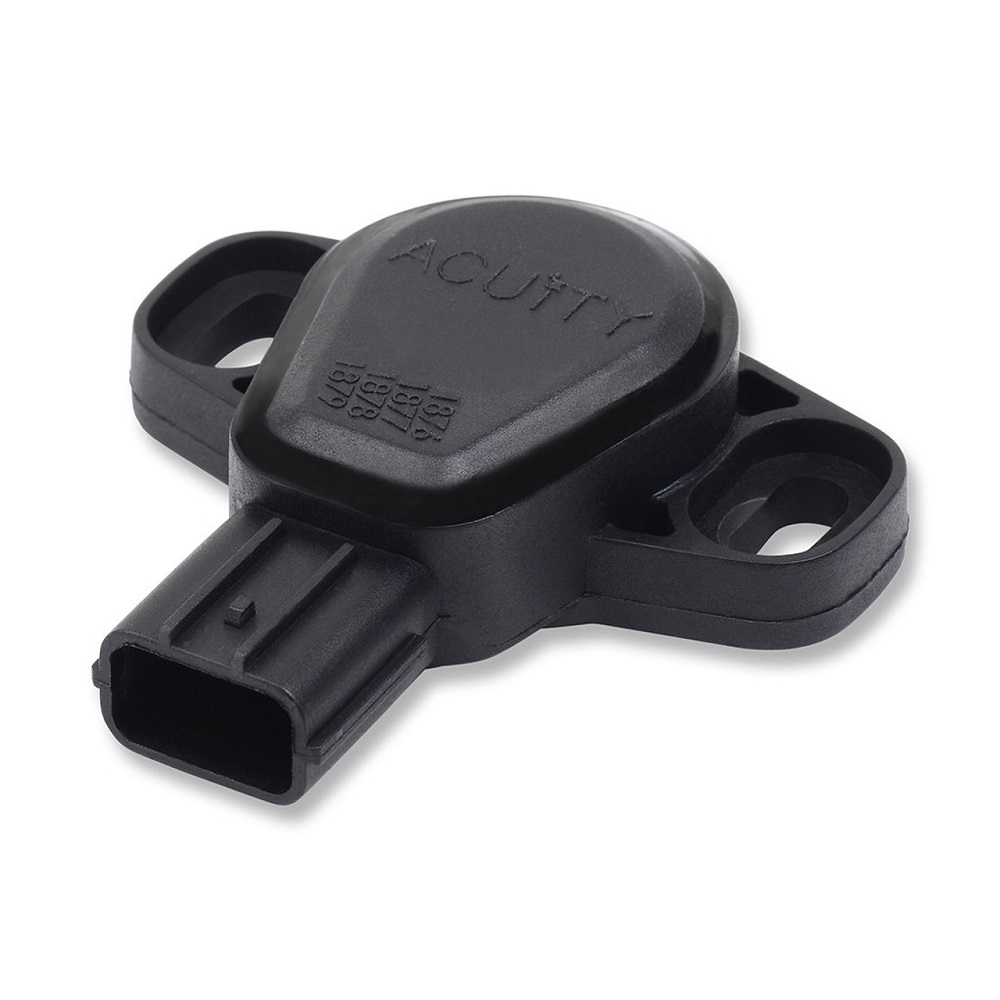
Symptoms of a Malfunctioning TPS
Poor Acceleration
One of the most noticeable signs of a failing throttle position sensor is poor acceleration. If the TPS is not functioning correctly, the vehicle may struggle to respond quickly when the accelerator pedal is pressed. You may feel a delay or a lack of power, particularly during quick acceleration. This can be frustrating and may indicate that the throttle body is not receiving accurate information about the throttle position.
Engine Stalling
In some cases, a malfunctioning TPS can lead to engine stalling. If the sensor sends erratic signals to the ECU, it may not adjust fuel delivery adequately. This can cause the engine to stall unexpectedly, especially when idling or during low-speed situations. If you notice frequent stalling, it is essential to investigate the TPS and other related components immediately.
When to Reset the Throttle Position Sensor
After Replacing Components
Resetting the throttle position sensor may be necessary after replacing related engine components. If you have changed the throttle body, ECU, or any other part that interacts with the TPS, you should reset the sensor. This ensures that the new components function correctly together. Failing to reset the TPS may lead to inconsistent performance due to inaccurate position readings.
Resolving Diagnostic Trouble Codes (DTCs)
If your vehicle’s check engine light has illuminated due to a throttle position sensor-related diagnostic trouble code (DTC), resetting the TPS can sometimes resolve the issue. After addressing any underlying problems that trigger the DTC, a reset may clear the code and restore normal operation. This step is essential for maintaining the vehicle’s diagnostic integrity.
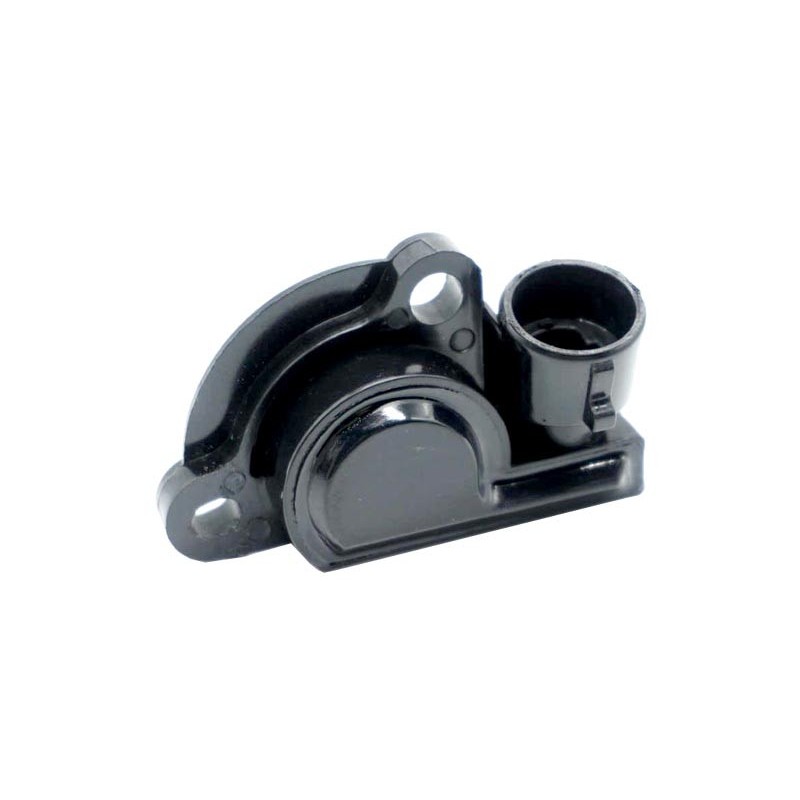
Step-by-Step Guide to Resetting the TPS
Step 1: Gather Necessary Tools
Before beginning the reset process, gather the necessary tools. You will typically need a flathead screwdriver, a digital multimeter, and possibly a scan tool if your vehicle requires one. Ensure you have adequate lighting in your workspace, as you will be working around the engine compartment. Having the right tools on hand makes the process smoother and more efficient.
Step 2: Disconnect the Battery
To begin resetting the TPS, start by disconnecting the vehicle’s battery. Open the hood and locate the battery terminals. Use a wrench to loosen the negative terminal and remove it from the battery. This step ensures your safety while working on the electrical system and can reset various electronic components. Allow the battery to remain disconnected for at least 10 minutes before proceeding.
Step 3: Locate the Throttle Position Sensor
Now that the battery is disconnected, it’s time to locate the throttle position sensor. The TPS is typically mounted on the throttle body, near the intake manifold. Refer to your vehicle’s service manual if you have difficulty finding it. Familiarizing yourself with the sensor’s location will expedite the overall process and ensure you are working on the correct component.
Step 4: Inspect the TPS for Damage
Once you locate the TPS, visually inspect it for any signs of damage or wear. Look for loose connections, cracks, or corrosion. Damaged connectors or wiring can contribute to sensor malfunction. If any issues are detected, consider replacing the sensor instead of simply resetting it. A functioning sensor is vital for optimal engine performance.
Step 5: Prepare for the Reset
If the sensor appears to be in good condition, preparation for the reset process can begin. Reattach the wiring harness to the TPS if it has been disconnected. Make sure connections are secure to ensure accurate readings once the system is reset. Taking this precaution prevents issues due to poor connectivity, which could lead to further malfunction.
Step 6: Reconnect the Battery
After preparing the TPS, reconnect the vehicle’s battery. Begin by attaching the negative terminal and tightening it securely with a wrench. Ensure that all connections are tight and no corrosion is present at the terminal. Once the battery is reconnected, the reset process for the throttle position sensor can commence.
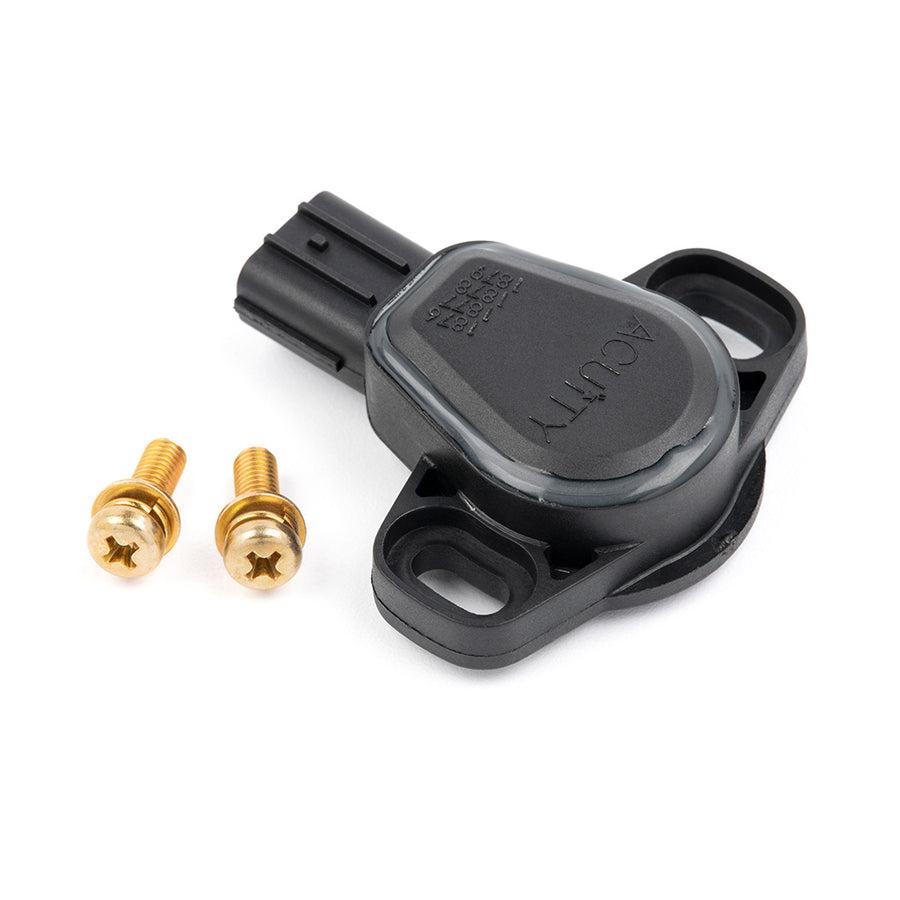
Step 7: Perform an Idle Reset Procedure
With the battery reconnected, carrying out an idle reset procedure is necessary to complete the TPS reset. Start the engine and allow it to idle for about five minutes without touching the accelerator pedal. During this time, the ECU will learn the new throttle position readings. After five minutes, turn off the engine and then restart it. This step allows the ECU to recalibrate based on the new readings from the TPS.
Step 8: Test Drive the Vehicle
After completing the idle reset, it’s essential to test drive the vehicle to ensure that the throttle position sensor is functioning correctly. Take the car for a spin around the block, accelerating gently to observe how it responds. Pay attention to acceleration, engine responsiveness, and any warning lights on the dashboard. If the problem persists, further diagnosis may be needed.
Preventing Future Issues
Regular Maintenance Checks
To prevent future issues with the throttle position sensor, routine maintenance checks are essential. Regularly inspect the TPS and associated wiring for signs of wear, corrosion, or damage. Additionally, ensure that your engine’s air intake system is clean and functioning well. A clean and well-maintained engine can help reduce the risk of sensor malfunction and improve overall performance.
Addressing Other Issues Promptly
If you notice any warning signs, such as poor acceleration or engine stalling, address them quickly. Ignoring these warning signs can lead to further complications down the road. Regular diagnostics can help catch potential issues before they escalate into significant problems. Have your vehicle serviced regularly to ensure all components, including the throttle position sensor, are in top condition.
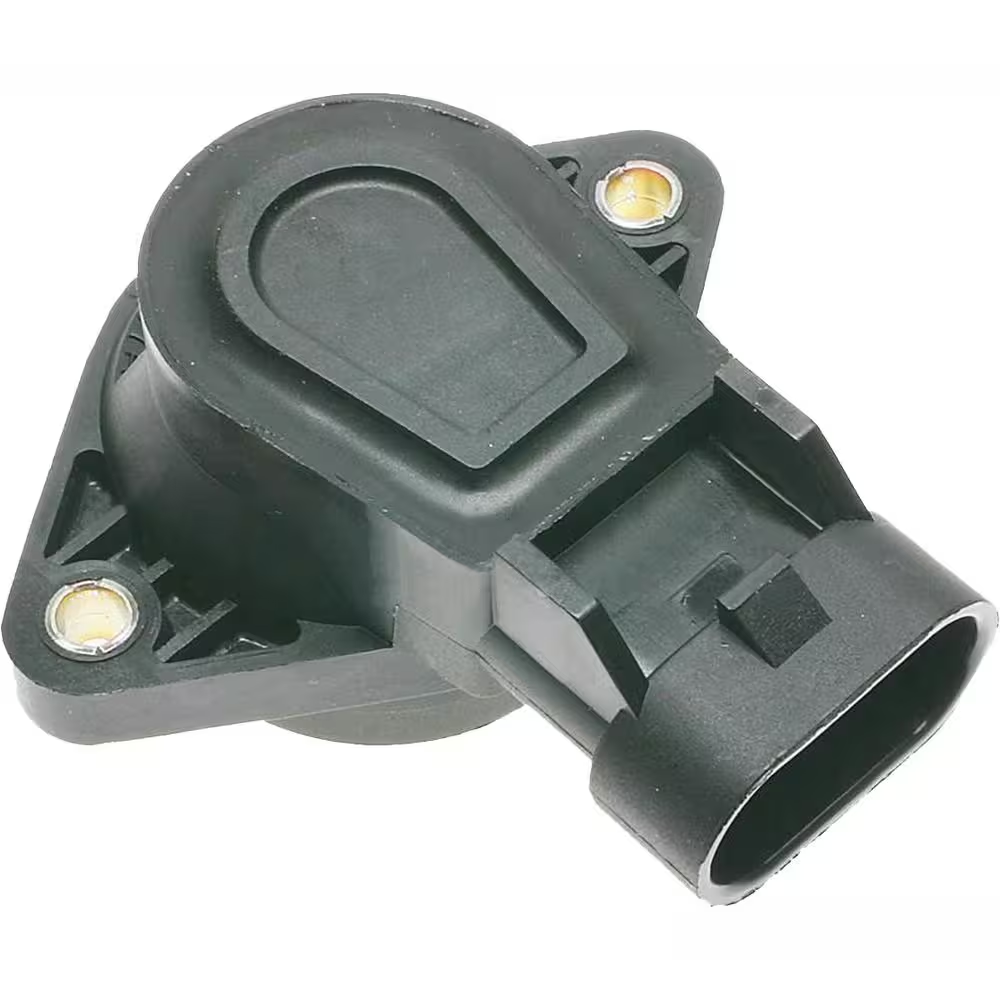
Understanding the Cost of Repairs
Budgeting for Repairs
If your throttle position sensor requires replacement or repairs, understanding the associated costs is crucial. The cost can vary based on the make and model of your vehicle, labor costs in your area, and the price of the replacement part itself. On average, replacing a TPS can range from 100to300, including parts and labor. Being aware of these costs can help you budget effectively and avoid unexpected expenses.
Exploring DIY Options
For those knowledgeable about automotive repairs, attempting a DIY replacement can save money. However, ensure your skills and tools are sufficient to complete the task correctly. If you’re uncertain about your ability to replace the sensor, seeking professional assistance ensures the job is done right. Weighing the pros and cons of DIY work against professional service will help you make an informed decision.
The Importance of Professional Help
When to Contact a Mechanic
If your attempts to reset the throttle position sensor do not solve the problem, it may be time to contact a mechanic. A certified technician can perform comprehensive diagnostics and accurately address any underlying issues. Don’t hesitate to seek professional help if you experience persistent problems, as prompt action can prevent further complications.
Benefits of Expertise
Consulting professionals provides access to expertise that can ensure your vehicle’s systems, including the TPS, function optimally. Mechanics have specialized training and tools to diagnose issues more effectively than the average vehicle owner. Utilizing these services can also give you peace of mind, knowing that your vehicle has been assessed by an expert. Regularly scheduled maintenance and check-ups can help extend the life of your vehicle’s components, including the throttle position sensor.
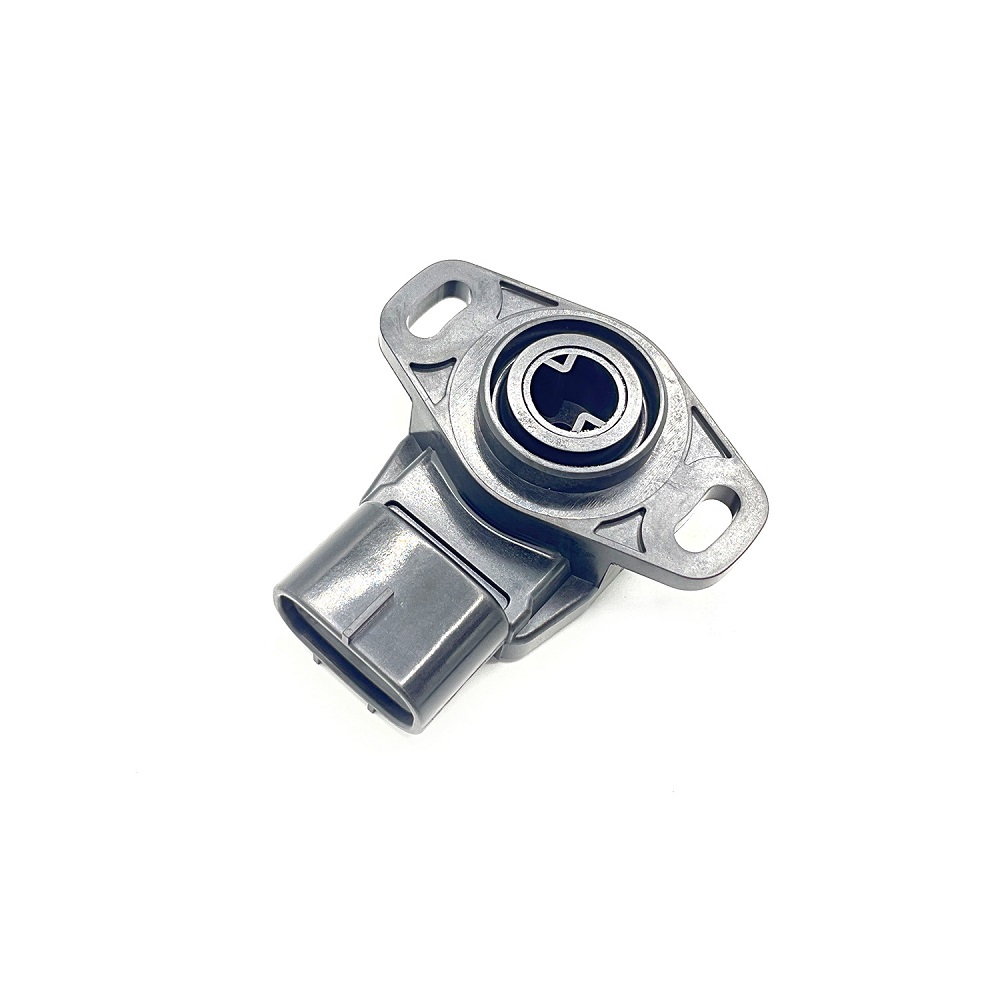
Conclusion: Empowering Vehicle Owners
Understanding how to reset the throttle position sensor is an empowering skill for vehicle owners. Maintaining the health of this crucial component ensures better performance and longevity of your engine. By following the outlined steps and recognizing potential issues, you can keep your vehicle running smoothly.
Regular maintenance, routine inspections, and quick action on warning signs can prevent more significant issues down the road. While self-diagnosing and repairing your vehicle can be advantageous, don’t hesitate to engage professionals when necessary. With the right knowledge and approach, you can maximize the performance of your throttle position sensor and enjoy a reliable driving experience. Remember, your vehicle’s performance is directly linked to your awareness and proactive care.
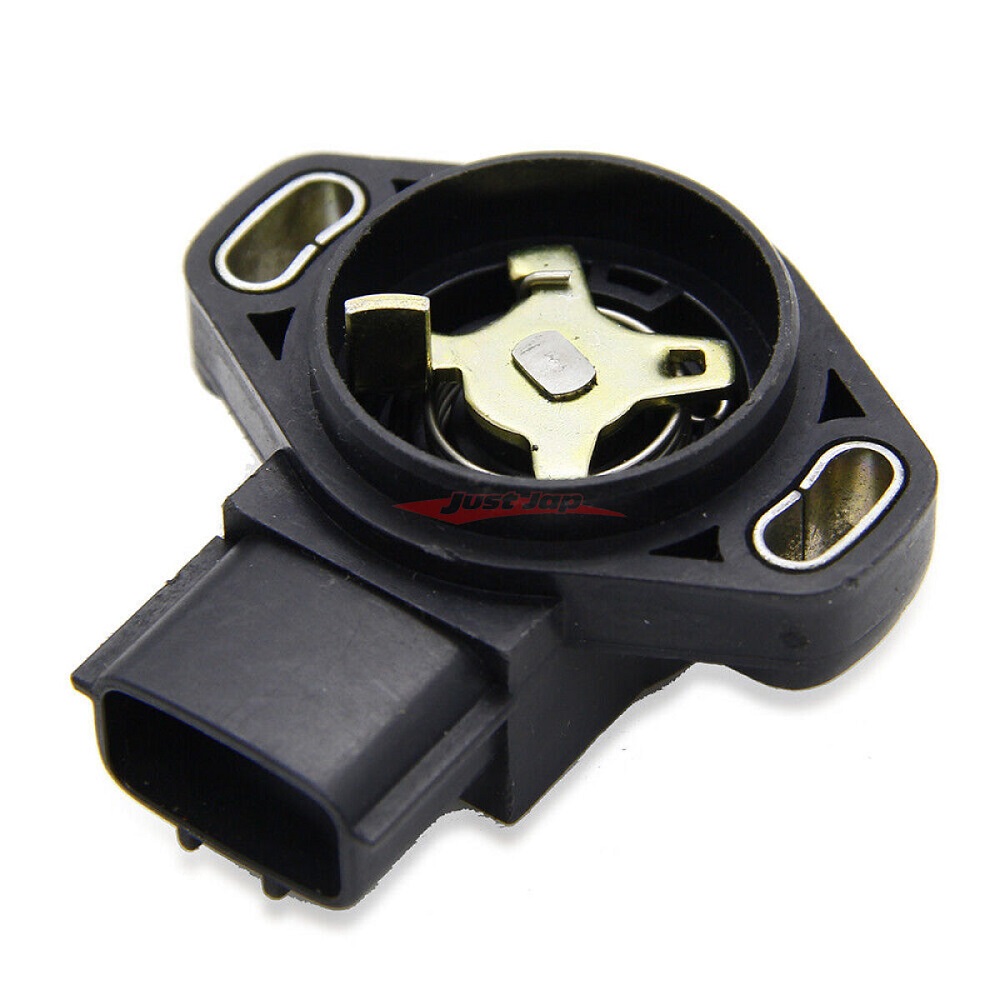
Leave a Reply